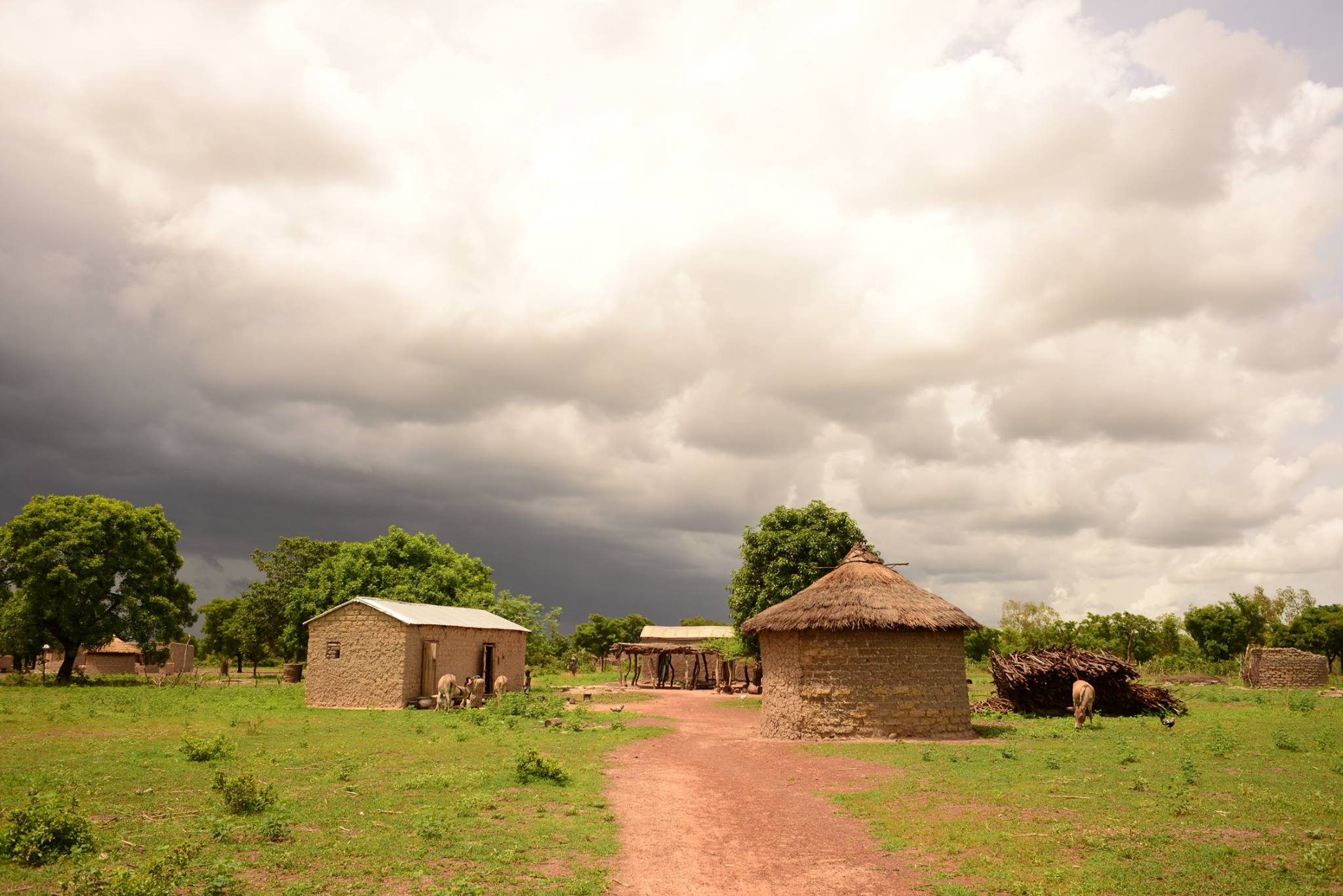by Jenny Cordle
A decade ago I lived in a practicing, rural community situated in the lush, southern region of Mali, West Africa. Out of nearly 2,000 inhabitants living in mud-brick houses, a dozen were Christian. The rest were Muslim, and remain among the loveliest people I’ve ever met. Out of love and many other complicated reasons, the Sunni Muslim community members cut their girls, as is the case for why many Shia Muslim Dawoodi Bohra mothers and fathers perpetuate the practice 5,000 miles away in India and among diaspora communities such as the one in Detroit, Michigan.
I am struck by how the impetus to cut has no bounds; how an impoverished Malian community that runs out of grain in the cold season finds the money to pay a cutter; and the lengths an educated, wealthy community such as the Dawoodi Bohras will go to protect the practice.
My first encounter with the longstanding tradition of female genital cutting in Mali punctuated my Peace Corps service in Konza. The local midwife reluctantly confessed that a mass cutting was occurring; I’d made her promise to tell me the next time it happened. I ran to my house, grabbed my camera, and navigated the maze of mud bricks until I stumbled upon several elderly women and a group of girls in the midst of lining up for washing. I was visibly furious and knew I needed to calm down. I didn’t know what I expected to see, or if I would be capable of stopping it, but I had to go.

There’s a particular kind of hush that falls over Konza during a ritual cutting of girls. The pounding of millet is stifled by a thick silence. What is typically a loose order tightens its reins over a large pocket of the community, with children scattered along the edges.
At least a dozen girls sat shirtless on the floor of a small dark room with their heads wrapped in patterned scarves typically reserved for women, and wearing small skirts of a different fabric. I searched their faces. There were dried tears and fresh ones. They were silent, their lives having been marked with a before and after by a woman who made it her job to perpetuate a harmful practice. Most of them looked about eight years old—the year I started writing stories and met my lifelong best friend, and thought about what outfit my Barbie should wear.
I’d taken many portraits of youth in Konza. They were intense, gorgeous people with secrets I wanted to know but may never be able to handle. At the time I couldn’t process that they’d been physically and emotionally violated, but my shock and anger was apparent—too visible to the elderly women.
I missed the cutting and thought I missed the cutter. I knew the cutter had come from Djobo, a neighboring community, based on conversations I had with friends. I envisioned her wielding an unsterilized razor, delegating older women to hold the girls down and making a series of quick, but painful cuts. I could see her promptly packing up, blessing the girls who bled too much and praising the ones who silently endured it.
I could see her mounting a motorcycle, and then her back in the dust with her head wrap billowing. I knew she had money wrapped in her skirt: payment for a day’s work. I knew of her need for secrecy, which was honored by everyone in the village. No one would share exactly who she was or where she lived or why I couldn’t speak with her.
I called a meeting with the village chief, along with my landlord and a few elders—the midwife, Binta, sitting next to me in the night as I spoke. I brazenly called for an end to the cutting. I mentioned the harmful effects—that these girls could die. Baji Kone, the chief, promptly told me that it would never happen again and thanked me for the visit. A few weeks later, many other girls were cut. I’d been appeased—but as a white American woman, who was I to pressure the chief to end one of the oldest rituals in Mali?
I would learn that cutting in Mali was a sacred tradition that would not be cast in a violent light. It would be protected and blessed and carried on years later in Konza. I decided as a volunteer that it was not my place to interfere; doing so may have undermined my work in the community.
It wasn’t until years after my service that I realized I wanted to explore and understand the motivations behind the practice of cutting. I knew the girls in Mali. They’d sat in my best woven chair under a porch made of tree branches and chatted with me daily. I wanted to know the cutters. Who were these women paid to inflict pain in the name of honor and purity? I’d learned Malian birthing customs, and experienced how many Muslims embrace death as God’s will, but the rites of passage for girls into womanhood was kept from me, so I ran toward it.
(This blog is the first in a series of blogs meant to inspire a larger, global conversation about girls’ and women’s health and rights, cutting as a practice, and ideas for positive change. A series of conversations about cutting in my community in Mali led me to advocacy work at Sahiyo. My hope is that collectively we can gain an understanding of the practice, and in doing so, can encourage abandonment.)
